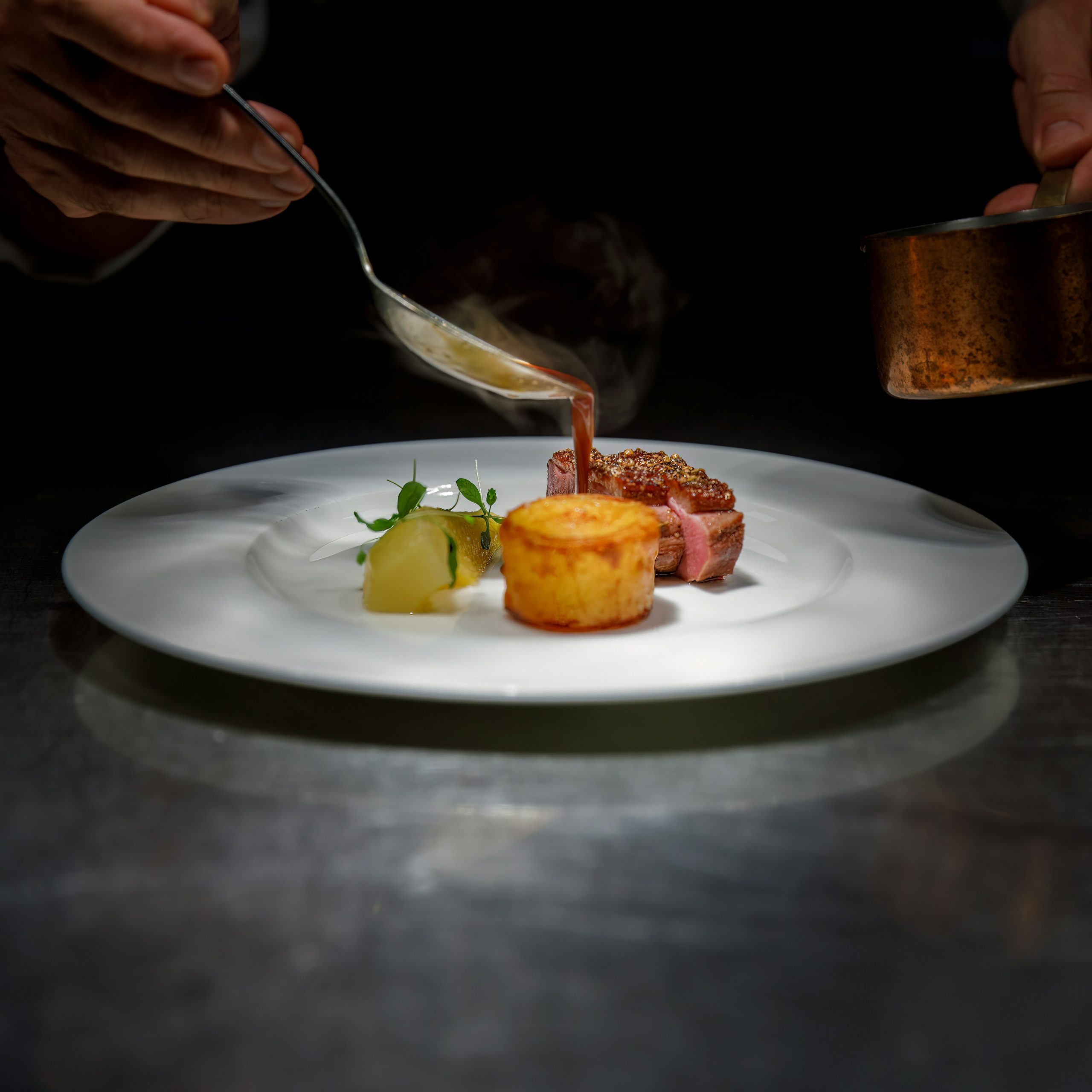Michelin Restaurants You Can’t Miss
One of life's greatest pleasures is enjoying a good dish, and even more so when it's a new gastronomic experience. For any traveler, gastronomy is one of the main reasons for traveling. According to a study conducted by the digital travel agency Booking, 88% of travelers state that one of their main motivations when choosing a destination is tasting local cuisine. Therefore, I wanted to create a list to share the best cities with Michelin-starred restaurants, as this distinction guarantees an explosion of flavors and culinary authenticity. While it's true that traveling doesn't necessarily mean doing it in a group, solo trips are also ideal for spontaneous getaways, moments of reflection, or even self-discovery. If you enjoy traveling alone and have Singapore on your list of destinations, you can't miss Burnt Ends. The experience begins the moment you enter the restaurant, which boasts a vibrant and sophisticated atmosphere. With one Michelin star, Burnt Ends offers an open kitchen where you can appreciate the cooking process of the dishes, with meat being their main specialty. If you're a wine lover, they have an interesting wine list. On the other hand, if you find yourself in the city that never sleeps, New York, Le
Digging into California’s truffle industry
Few delicacies say “fine dining” like truffles. Notoriously hard to harvest, these luxe fungi can cost thousands of dollars, making them some of the most expensive ingredients. (Like the world’s largest white truffle, which sold for a whopping $61,000 in 2014.) Truffles are high maintenance. In addition to different truffles species needing their specific climates and trees (where they grow on the roots), they can take up to 20 years to develop. The mushrooms are also hard to find once they’re ready, so truffle hunters usually need a trained pig or dog to point them in the right direction. After all the harvesting work, truffles only stay fresh enough to eat for less than a week. These hard conditions don’t just justify the high cost of truffles, they also make growing them in your own backyard a little more convenient–and profitable. Just ask farmers in California. Where in the world are truffles? Although truffles require a long list of specifics before they can make it to world-renowned restaurants, surprisingly they can grow in several areas. However, most culinary truffles come from Europe, including Italy’s coveted white truffle. While Italy, France, and Spain still dominate the truffle market, countries like Australia (now the fourth-largest truffle industry in the world), New Zealand,
High steaks: Wagyu beef market continues to grow
Wagyu beef is growing in popularity and there are few signs of it slowing. In 2021, the global Wagyu market was worth more than $11 billion. This was a banner year as Japan exported around 8,000 tons of the gourmet beef cut. Now, the global market is expected to grow by a compound annual growth rate of 6 percent–making it worth an estimated $16 billion by 2028. The food industry is being impacted by inflation, supply chain issues, and climate change, but Wagyu appears to be weathering the storm. From steak to high-priced burgers, the revered protein is becoming more commonly consumed. Here are the factors driving Wagyu’s popularity: The luxury hospitality sector Known for its tenderness and buttery, umami flavor, Wagyu has been a fine-dining favorite since the 2010s–when Japan lifted its export ban to the United States and European countries. Luxury establishments like restaurants and hotels are still fueling the Wagyu beef market today. While some lucky customers can find Wagyu in high-end grocery and specialty stores, the market is sustained by a business-to-business model–particularly with fine dining. A large majority, 85 percent, of Wagyu sales are B2B. As a testament to the importance of B2B commerce, it’s not uncommon for a Wagyu brand to partner with luxury



